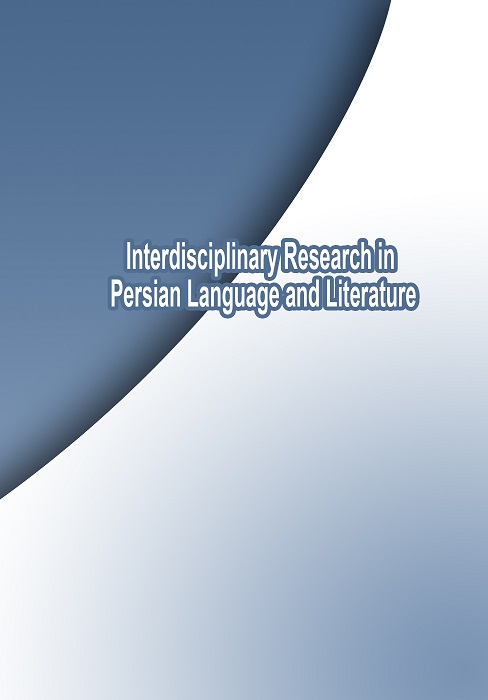Relationships and kinship of the mythical character of Zahhak in cinema
Document Type : Research Paper
Authors
1 Assistant Professor, Department of Persian Language and Literature, Faculty of Literature, Alzahra University, Tehran, Iran
2 Professor of Art Research Department, Faculty of Arts, Alzahra University, Tehran, Iran
3 MA in Art Research Department, Faculty of Arts, Alzahra University, Tehran, Iran
Abstract
The myth of Zahhak is one of the characters of Iranian myths and seems to have common features with some villains in form and content. This research, using the descriptive-analytical method, investigates intertextuality between three cinematographic works with the characteristics and capacities of Zahhak's character to discover the relationships and kinship of this field to achieve a new meaning of these contradictions and similarities. It was done with the aim of investigating the commonalities of Zahhak's character with three movie characters "Sauron in Lord of the Rings", "Voldemort in Harry Potter" and "Immortan Joe in Mad Max: Fury Road" . One of the results of this research is that all four characters seek to establish their dominance over society through mind control or taking lives, with the help of distorted and pragmatic companions, and the common thing in all these four characters is to achieve immortality through exploitation and exploitation. is others. In the field of form, the use of common signs such as being accompanied by a snake, proximity to scary elements, color and place, etc., can imply the expression of common signs in the heart of history, considering the difference in time and cultural context. which indicates commonalities in the collective unconscious and internal human taboos. The symbolic similarity in the use of the snake or dragon element in these four characters shows the connection of all three characters with this terrifying creature, which is the basis of the definition of dark and evil forces.
Keywords
Volume 3, Issue 2
September 2025Pages 229-257
- Receive Date: 19 October 2024
- Revise Date: 22 November 2024
- Accept Date: 22 December 2024
